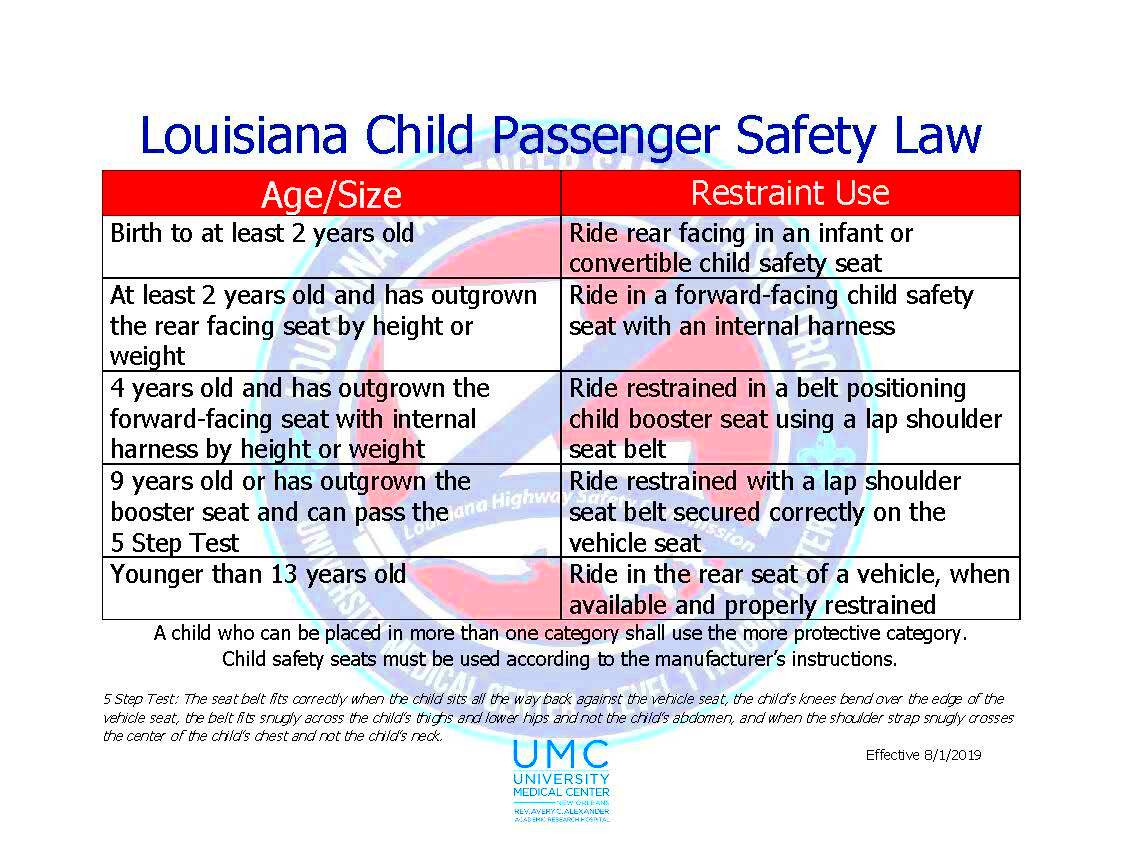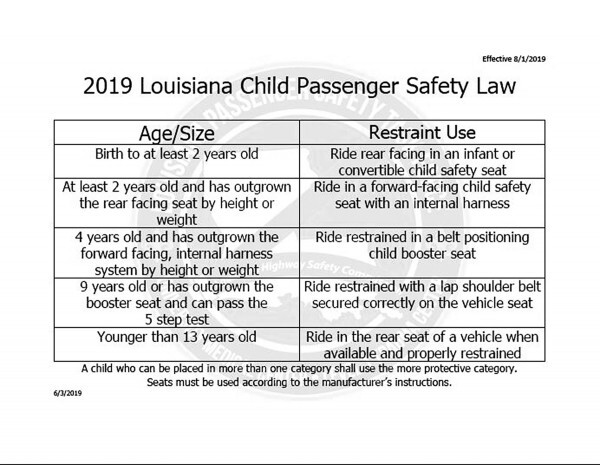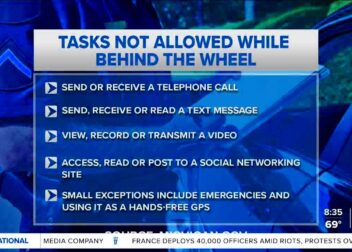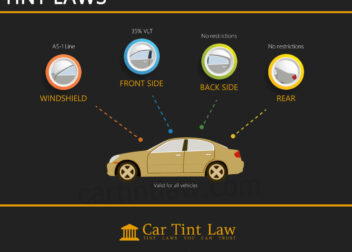Louisiana’s Child Restraint Safety Regulations Explained
In Louisiana, ensuring the safety of children in vehicles is a top priority. The state has established specific regulations regarding child restraint systems to protect young passengers. These regulations outline the requirements for using appropriate safety seats based on a child’s age, weight, and height. Understanding these laws helps parents and caregivers make informed decisions to keep their little ones safe while traveling.
Importance of Child Restraint Systems

Child restraint systems are crucial for protecting children in the event of a car accident. Here are a few key reasons why they matter:
- Injury Prevention: Properly used child restraints can reduce the risk of injury by up to 71% for infants and 54% for toddlers in passenger vehicles.
- Legal Compliance: Following Louisiana’s child restraint laws helps you avoid fines and penalties.
- Peace of Mind: Knowing your child is secure in a safety seat allows you to focus on driving.
Overall, using child restraint systems is not just a legal requirement; it’s a vital step in ensuring your child’s safety on the road.
Types of Child Restraint Systems
Louisiana recognizes several types of child restraint systems, each designed to meet the unique needs of children at different stages of growth. Here are the main types:
| Type | Recommended Age | Weight Limit |
|---|---|---|
| Rear-Facing Car Seat | Newborn to 2 years | Up to 40 pounds |
| Forward-Facing Car Seat | 2 to 7 years | 20 to 65 pounds |
| Booster Seat | 4 to 12 years | 40 to 100 pounds |
| Seat Belt | Over 8 years | 100 pounds and taller than 4’9″ |
Choosing the right type of restraint system is essential for maximizing safety. Parents should ensure that they transition their child to the appropriate seat as they grow, following the guidelines established by both Louisiana law and safety organizations.
Age and Weight Requirements for Restraint
When it comes to child safety in vehicles, age and weight are crucial factors in determining the appropriate restraint system. Louisiana’s regulations are designed to keep children safe at every stage of their development. Let’s break down the requirements:
- Rear-Facing Car Seats: These are required for infants until they are at least 2 years old or reach the weight limit set by the car seat manufacturer, typically around 40 pounds.
- Forward-Facing Car Seats: Once your child turns 2 and outgrows their rear-facing seat, they can transition to a forward-facing car seat, which is suitable for children aged 2 to 7 years and generally supports weights between 20 to 65 pounds.
- Booster Seats: After outgrowing the forward-facing seat, children aged 4 to 12 should use a booster seat until they reach 100 pounds or a height of 4’9″. This helps position the vehicle’s seat belt correctly across their body.
- Seat Belts: Once children are over 8 years old or meet the weight and height requirements for seat belts, they can use a standard seat belt. It’s essential that the seat belt fits properly—lap belts should lie low across the hips, and shoulder belts should cross the chest.
Following these age and weight guidelines is vital for ensuring your child is safely secured during every ride.
Installation Guidelines for Child Restraints
Installing a child restraint system properly is just as important as choosing the right one. Here are some guidelines to help you get it right:
- Read the Manual: Always start by reading both your car seat manual and your vehicle’s owner manual. Each car seat has specific installation instructions that can vary.
- Choose the Right Location: The safest spot for a car seat is in the back seat, away from active airbags. The center seat is often the safest place if it can accommodate a car seat correctly.
- Secure the Car Seat: Use either the LATCH system or the seat belt to secure the car seat. If using LATCH, ensure the anchors are engaged tightly. When using a seat belt, buckle it in and lock the seat belt to prevent it from moving.
- Check for Tightness: After installation, check for tightness by pulling at the base of the car seat. It should not move more than an inch side-to-side or front-to-back.
- Use the Right Angle: Ensure that rear-facing seats are at the correct recline angle to keep the baby’s head from falling forward. Most car seats have an angle indicator to guide you.
Proper installation significantly enhances your child’s safety, so don’t rush this process!
Common Mistakes in Using Child Restraints
Even with the best intentions, parents can sometimes make mistakes when using child restraint systems. Here are some common pitfalls to watch out for:
- Incorrect Harness Usage: Make sure the harness is snug against your child’s chest. It should not allow more than one finger’s width between the harness and your child’s collarbone.
- Too Loose Installation: A car seat that is not secured tightly can move in the event of a crash. Always check the installation for tightness.
- Not Following Manufacturer Guidelines: Ignoring the weight and age limits specified by the manufacturer can lead to safety risks. Always adhere to their recommendations.
- Using Expired or Damaged Seats: Car seats have expiration dates, typically 6 to 10 years from the manufacture date. Using an expired seat can compromise safety.
- Not Transitioning to the Next Stage: Waiting too long to transition your child to the next type of restraint can be dangerous. Keep an eye on their growth and ensure they move to the appropriate seat in a timely manner.
Avoiding these common mistakes can significantly increase the safety of your child while traveling in a vehicle.
Penalties for Non-Compliance with Regulations
Understanding the penalties for not complying with Louisiana’s child restraint regulations is crucial for every parent and caregiver. The state takes these laws seriously to ensure the safety of young passengers. Failing to follow these regulations can result in legal consequences that go beyond just a slap on the wrist.
- Fines: If you are pulled over for a violation, you may face a fine. In Louisiana, fines for not properly restraining a child can range from $100 to $500, depending on the severity of the offense.
- Points on Driving Record: Violating child restraint laws can also lead to points added to your driving record. Accumulating too many points can affect your insurance rates and even your ability to drive.
- Increased Insurance Premiums: Being cited for a child restraint violation can lead to higher insurance premiums, as insurers may view it as a sign of risky behavior.
- Potential Legal Liability: If you’re involved in an accident while not using the proper restraints, you could face legal consequences, especially if your child is injured.
By understanding these penalties, you can ensure that you are compliant with the law, ultimately keeping your child safe on the road.
Resources for Parents and Caregivers
Many resources are available to help parents and caregivers understand and comply with child restraint laws. Here are some valuable sources of information and assistance:
- Louisiana Department of Public Safety: This state agency offers detailed information on child passenger safety laws and guidelines for proper installation.
- Safe Kids Louisiana: This organization provides resources on child safety, including how to correctly use and install child safety seats.
- Local Car Seat Inspection Stations: Many fire departments and hospitals offer car seat inspections to ensure your seat is installed correctly. Check with local agencies for availability.
- National Highway Traffic Safety Administration (NHTSA): The NHTSA website provides a wealth of information about child restraint systems, including educational videos and safety tips.
- Online Forums and Support Groups: Engaging with other parents through online forums can provide insights and shared experiences regarding child safety and restraint systems.
Utilizing these resources can help you ensure that your child is safe and secure while traveling.
Frequently Asked Questions
As a parent or caregiver, you may have questions about child restraint regulations and safety. Here are some frequently asked questions to help clarify common concerns:
- What is the law regarding child safety seats in Louisiana? Louisiana law requires that children under the age of 13 be properly restrained in an appropriate child safety seat or booster seat.
- When should I transition my child to a booster seat? You should transition your child to a booster seat when they outgrow their forward-facing car seat, typically around the age of 4.
- Can I use a secondhand car seat? While you can use a secondhand car seat, make sure it has not been in an accident, is not expired, and comes with the original manual for proper installation.
- How can I tell if my child’s car seat is installed correctly? The car seat should not move more than an inch side-to-side or front-to-back. You can also check for proper installation at a local car seat inspection station.
- What should I do if I have a child with special needs? Consult with your pediatrician or a certified child passenger safety technician for personalized recommendations based on your child’s specific needs.
These FAQs aim to provide clarity and support as you navigate the important topic of child passenger safety.
Conclusion on Child Restraint Safety
Ensuring the safety of children in vehicles is a responsibility that all parents and caregivers must take seriously. Understanding Louisiana’s child restraint safety regulations is not just about compliance; it’s about protecting the lives of our most vulnerable passengers. By following the state’s age and weight guidelines, using appropriate child restraint systems, and properly installing them, we can significantly reduce the risk of injury in the event of an accident. Remember, keeping children safe is a continuous journey. Stay informed about the latest safety practices, regularly check your equipment, and make use of available resources to support your efforts. Ultimately, your commitment to child restraint safety can make all the difference on the road.


